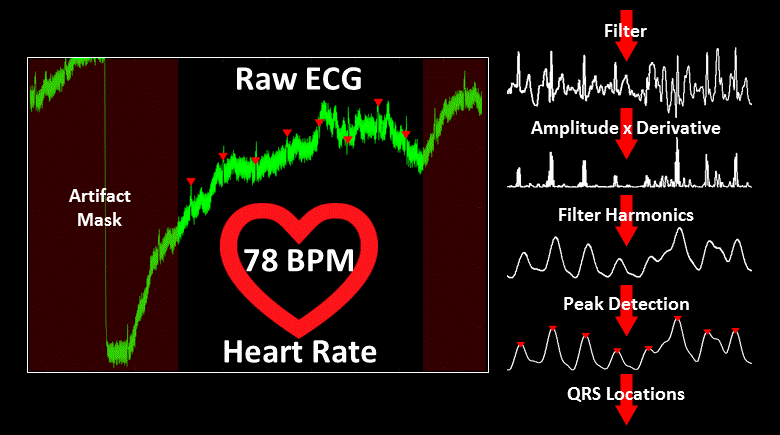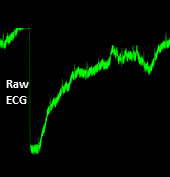Heba Khamis, Robert Weiss, Yang Xie, Chan-Wei Chang, Nigel H. Lovell, and Stephen J. Redmond, UNSW Australia
QRS detection algorithms are needed to analyze electrocardiogram (ECG) recordings generated in telehealth environments due to the increased prevalence of artifact and the large data analysis workloads associated with increasing adoption of telehealth recordings. Telehealth ECGs are usually recorded by the patient themselves using dry electrodes and hence comprise much poorer quality signals, however, the numerous published QRS detectors focus on clean clinical data. We propose a new QRS detection algorithm – termed the UNSW algorithm – that is suitable for clinical ECGs as well as poorer quality telehealth ECGs. The UNSW algorithm generates a feature signal containing information about ECG amplitude and derivative, which is filtered according to its frequency content and an adaptive threshold is applied. We tested the algorithm on both clinical and telehealth ECGs and the QRS detection performance is directly compared to implementations of the Pan–Tompkins (PT) and Gutiérrez–Rivas (GR) algorithms, and also to other published results in the literature. For a virtually artifact free, clinical ECG database, the performance of the UNSW algorithm was comparable to PT and GR as well as other published results with sensitivity and positive predictivity above 99%. When applied to 250 unsupervised telehealth ECG records taken with dry metal electrodes, the performance of the UNSW algorithm significantly exceeded the PT and GR algorithms, with sensitivity and positive predictivity above 95%.
Keywords—Biomedical signal processing, electrocardiogram (ECG), electrocardiography, QRS, telemedicine.

